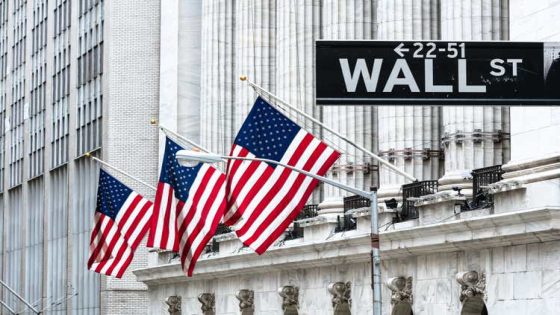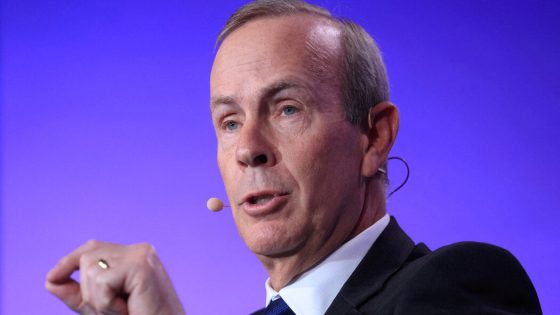U.S. stock futures slipped on the evening of March 31, 2025, as traders awaited details from President Donald Trump regarding his tariff policy. Futures tied to the Dow Jones Industrial Average fell by 75 points, or 0.2%, while S&P 500 and Nasdaq 100 futures dipped 0.3% and 0.4%, respectively.
- Traders await Trump's tariff policy clarity.
- U.S. stock futures declined on Monday night.
- S&P 500 and Dow posted session gains.
- First quarter saw significant market uncertainty.
- Analysts predict potential market rebound ahead.
- Upcoming economic data to be closely monitored.
On March 31, the S&P 500 and the Dow Jones Industrial Average finished the trading session with gains, increasing by 0.55% and 1%, respectively. However, the Nasdaq Composite fell by 0.14%. The market has been volatile recently due to uncertainty surrounding the new administration’s economic tariffs. President Trump indicated that his “reciprocal tariffs” plan would affect all countries, which has caused concern among investors who were hoping for a more targeted approach.
As the first quarter of 2025 ended, the S&P 500 recorded a 4.6% decline, and the Nasdaq dropped over 10%, marking the worst quarterly performance for both indexes since 2022. Despite this, Scott Wren, a senior global market strategist at Wells Fargo, expressed optimism about a potential rebound in the second quarter. He noted that the S&P 500 had traded 10% below its record high but showed signs of recovery during Monday’s session.
Traders are expected to keep a close eye on upcoming economic data releases, including March’s manufacturing figures and February’s job openings and construction spending reports. These indicators could provide further insight into the economic landscape as the market adjusts to the new tariff policies.
In summary, U.S. stock futures declined as traders anticipated President Trump’s tariff announcements. The market experienced mixed results during the last trading session of March, with the S&P 500 and Dow showing gains while the Nasdaq faced a slight downturn. As investors await further economic data, the outlook for the second quarter remains cautiously optimistic.

































